Hisense U8N review: brilliantly bright and brilliantly priced
Hisense's 2024 Mini-LED TV delivers eye-searingly bright images and is largely capable considering its low asking price
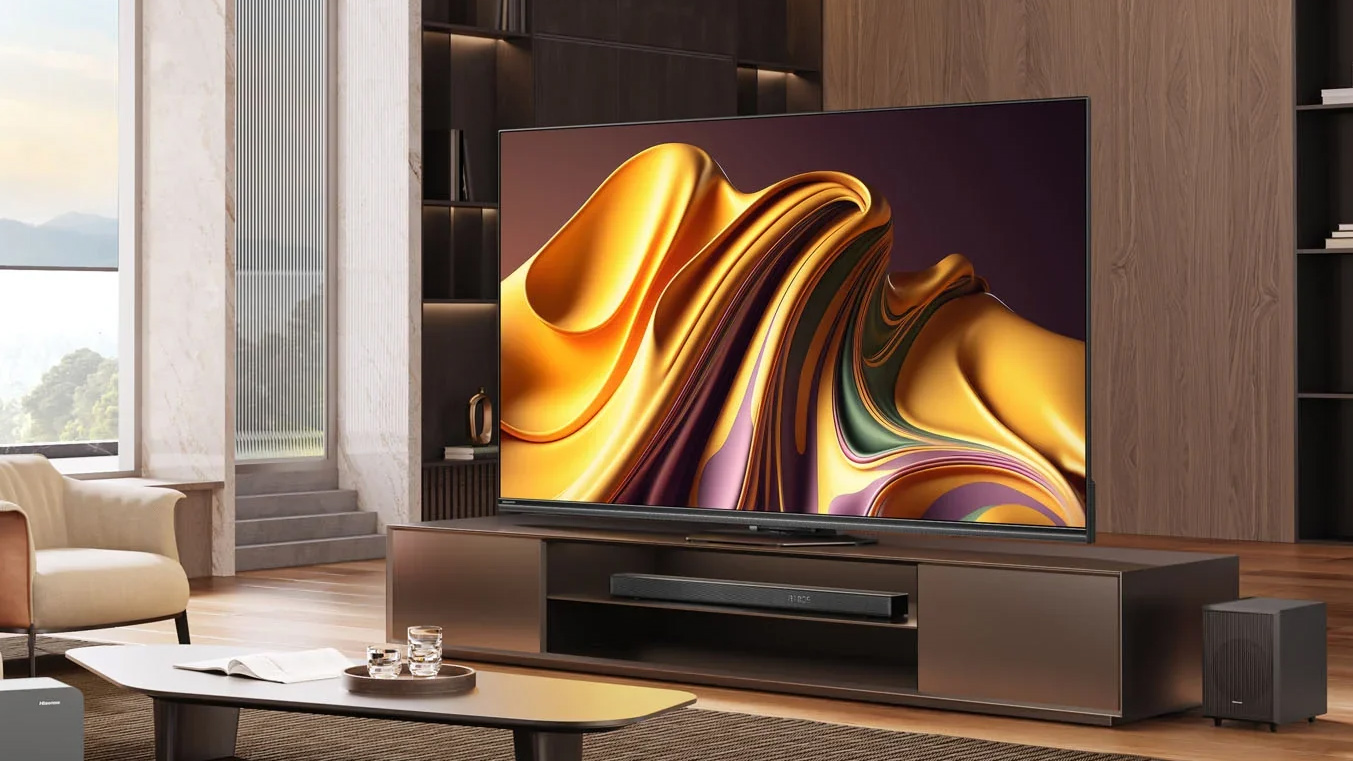
More ‘big specification at an eye-catching price’ magic from Hisense. If you’re willing to budget just a little for a soundbar and can scrape by with just a pair of high-speed HDMI inputs, this Mini-LED TV makes plenty of sense for the money. Its 4K images are composed and convincing, it’s a more confident upscaler than many a rival, and it covers every HDR base in some style – and with searing brightness, it must be said.
-
+
Bright, high-contrast and well-controlled 4K images
-
+
Better upscaling than many
-
+
Does good work as a gaming monitor
-
-
Can easily look too bright and over-saturated
-
-
Just two high-speed HDMI inputs
-
-
Humdrum sound
Why you can trust T3

Is the Mini-LED technology found here in the Hisense U8N a viable alternative to the best OLED TVs?
Does Hisense now occupy the territory between ‘entry-level’ and ‘premium’ TV manufacturers all by itself?
Can a big, well-specified and quite good-looking Mini-LED TV really be this affordable and truly be worth buying?
All these questions and more are answered below in our Hisense U8N review...
Hisense U8N: Price & Availability
The Hisense U8N is on sale now, and here we're reviewing the 65-inch model, which is called the 65U8NQTUK in the UK. That's also the 'smallest' model on these shores. Here we’ve already seen its asking price drop from £1799 at launch (in August 2024) to £1499. You can pick up an equivalent model in the United States for $1149, while in Australia you’re looking at AU$1999 or something close to that.
Because this is Hisense we’re dealing with here, no one should be surprised to find a large, well-specified television from the brand retailing for such an aggressive price. There's also a 55-inch model available only in the US market, while a 75-inch model is available in the UK and Australia (where, for the latter, there's an even larger 85-inch megalith version also available).
Hisense U8N review: Features & What's New?
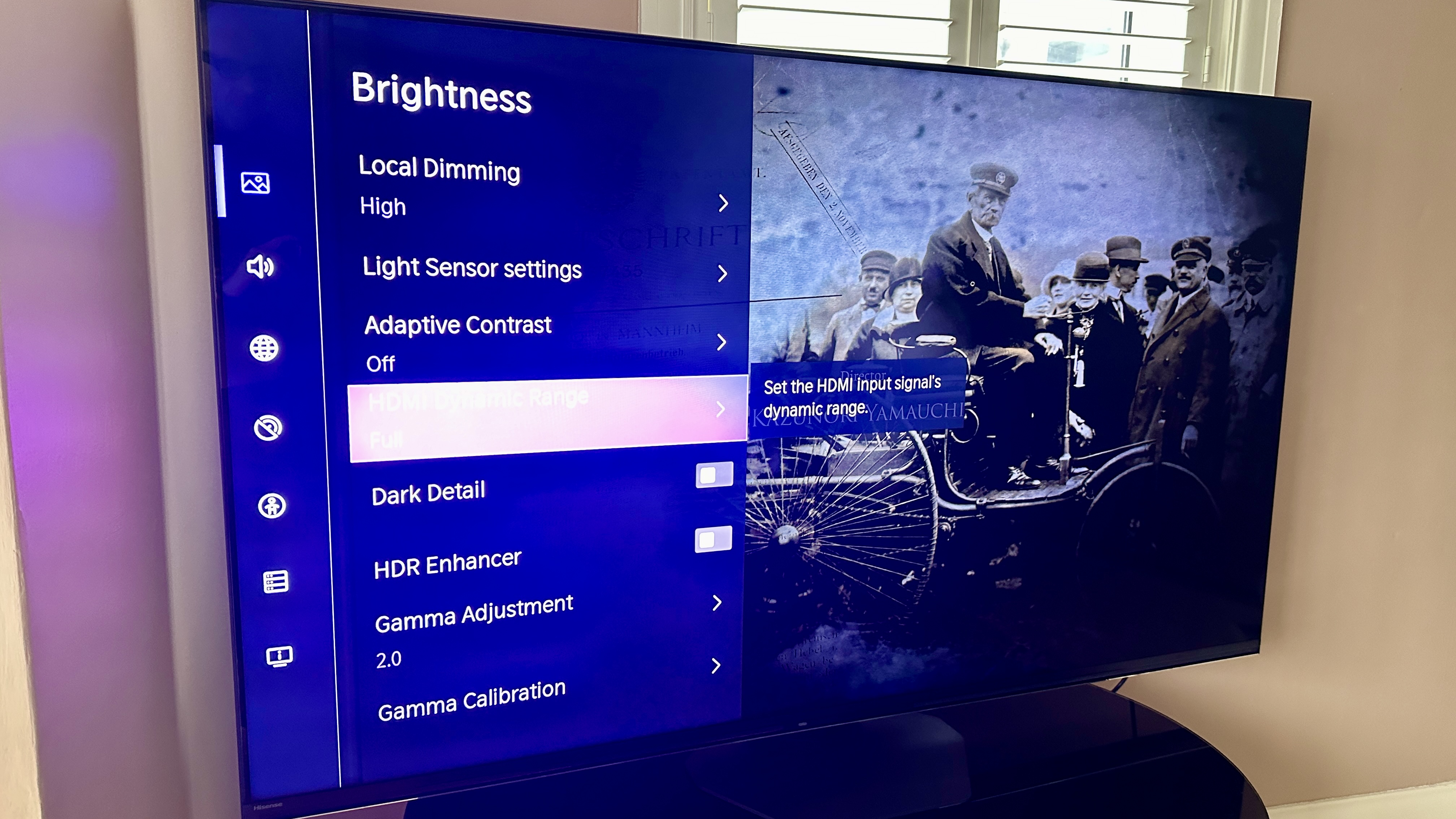
Hisense will tell you the 65U8N is a ‘ULED’ TV – which is Hisense-speak for a Mini-LED arrangement bolstered by Quantum Dot technology. The U8N uses a VA panel ahead of its complex backlighting arrangement, which ought to assist in delivering superior-by-LCD-standards contrasts and black levels.
The backlighting itself is divided into 1600 individual dimming zones, hence the Mini-LED terminology, which suggests greater backlighting focus and control than can sometimes be the case with such configurations. Let’s hope so, because Hisense is claiming a big 3000 nits of peak brightness (measured in the most favourable conditions, of course) – which further raises expectations where contrasts are concerned but might also be problematic when it comes to backlighting control.
Responsibility for backlighting, and plenty more besides, is taken by a ‘Hi View Pro’ image processor that is geared up to deliver class-leading local dimming control.
The U8N is a 4K screen, of course, and it’s compatible with every worthwhile high dynamic range (HDR) standard, up to and including Dolby Vision IQ and HDR10+ Adaptive – and there’s Dolby Vision Gaming available too, up to a 4K/120Hz refresh rate limit. IMAX Enhanced is supported too – so good luck finding some high-end content the Hisense can’t deal with.
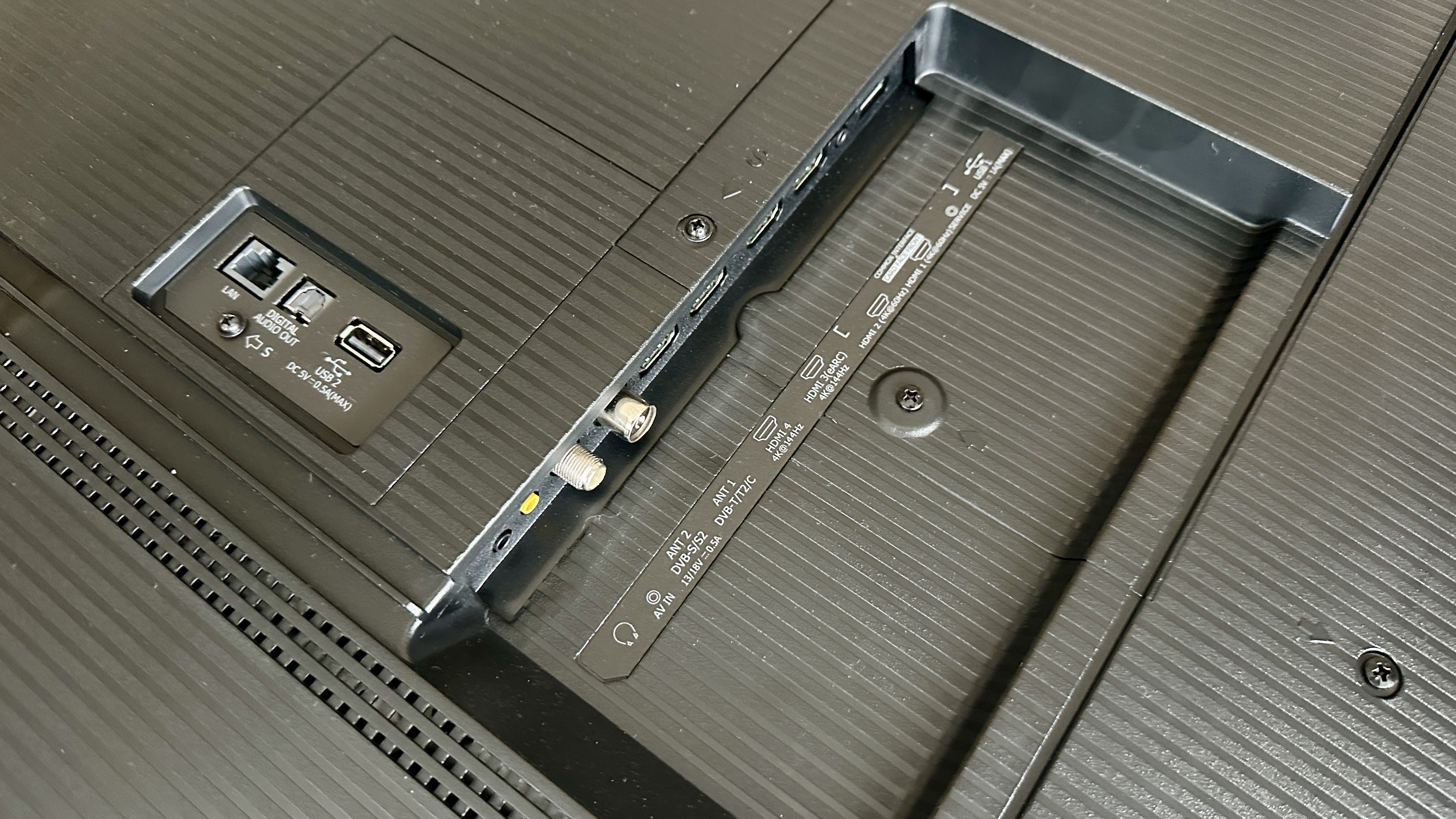
PC gamers can enjoy a 4K/144Hz refresh rate, which is not to be sniffed at. But those users with multiple consoles or similar should be aware that of the four HDMI sockets the Hisense is fitted with, only a couple are at full-speed 2.1 standard – and one of those takes care of eARC duties too. There are a few lesser physical connections too, of course, as well as dual-band Wi-Fi and Bluetooth for wireless stuff.
The 65U8N is compatible with Dolby Atmos, and Hisense has fitted what it refers to as a ‘2.1.2’-channel audio system. It features a couple of forward-facing drivers and an exposed rear-firing subwoofer arrangement – it’s powered by an all-in total of 60 watts. There’s DTS Virtual X decoding on board too, so while you’re hardly getting the full spatial audio experience your state-of-the-art soundtracks aren’t being messed with too badly before you get to hear them. One of the best soundbars would beef things up, though.
Hisense U8N review: Performance

When it comes to watching native 4K content with an HDR element to it, whether it’s via a streaming service or a 4K UHD Blu-ray disc, the Hisense U8N has plenty going for it. It’s an enjoyable and engrossing watch – or, at least, it is once you’ve done the legwork in the set-up menus.
Straight from the box the Hisense seems determined to throw every one of those 3000 nits at you, in all circumstances – it’s a squint-inducingly bright watch, and gives away any suggestion of white-tone detail in favour of brightness and then more brightness.
Deal with the backlighting balance, the brightness and the contrast settings, though – and have a good look at your motion-control options while you’re at it – and a sense of realism can be arrived at. And then the U8N is well worth watching.

Its colour palette is extensive and naturalistic, and it does nicely nuanced work with skin-tones in particular. It controls its backlighting well, with the only hint of ‘bloom’ coming in those ‘white text on black background’ moments when even the best backlit TVs struggle. Only the trickiest, most testing on-screen motion can flummox it, and it extracts a fair amount of detail in both the brightest and the darkest tones.
It even gets respectably close to ‘black’ – which is by no means a given for an LCD panel at any price. Contrasts are strong, control of tight and/or complicated patterns is decent too, and there’s convincing edge-definition on show.
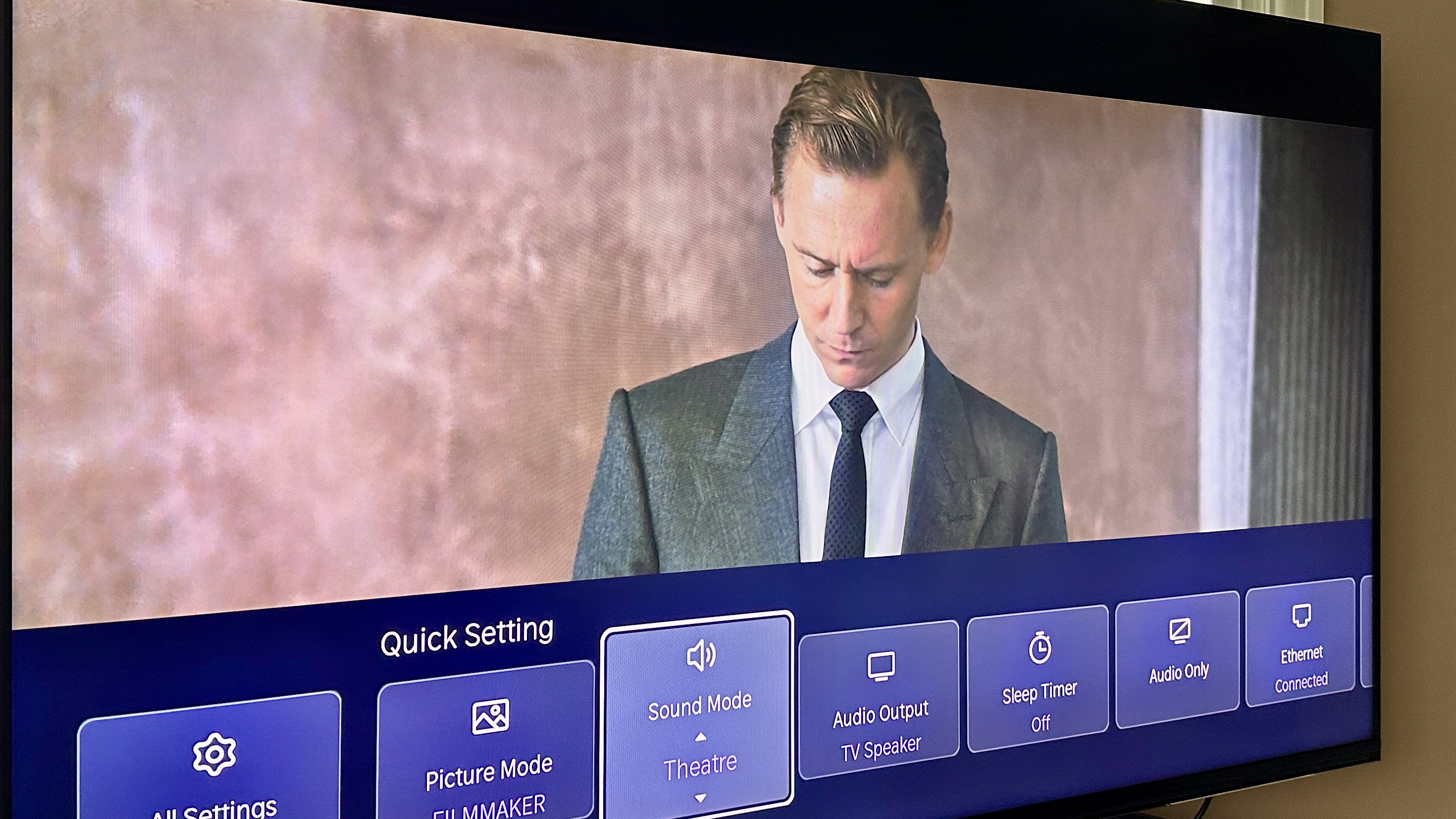
Stepping down to some Full HD/1080p content demonstrates what an accomplished upscaler the Hisense is in quite a number of ways. Its contrasts remain stark, detail levels remain high, and the naturalistic way with skin tones and textures is still in evidence. There are some more overt motion-control issues, it’s true – but unless you’re watching sport, for example, with its rapid and unpredictable motion on a field of uniform colour, it’s hardly the end of the world.
Unlike quite a few price-comparable alternatives, the U8N doesn’t fall to pieces if you ask it to deal with properly antiquated content from a channel buried deep in the listings. Obviously it’s a bit of a mess where detail, edge-definition and motion are concerned, but there’s little of that vague softness and lack of rigour that can afflict less capable upscalers than this.
It turns out to be a very decent gaming monitor too, with the sort of speed of response, motion-control and low-light insight that’s so critical to so many games. The impressive contrast ratios really come into their own in this application too, and the Hisense’s ability to control its backlighting helps the realism of its overall images no end.
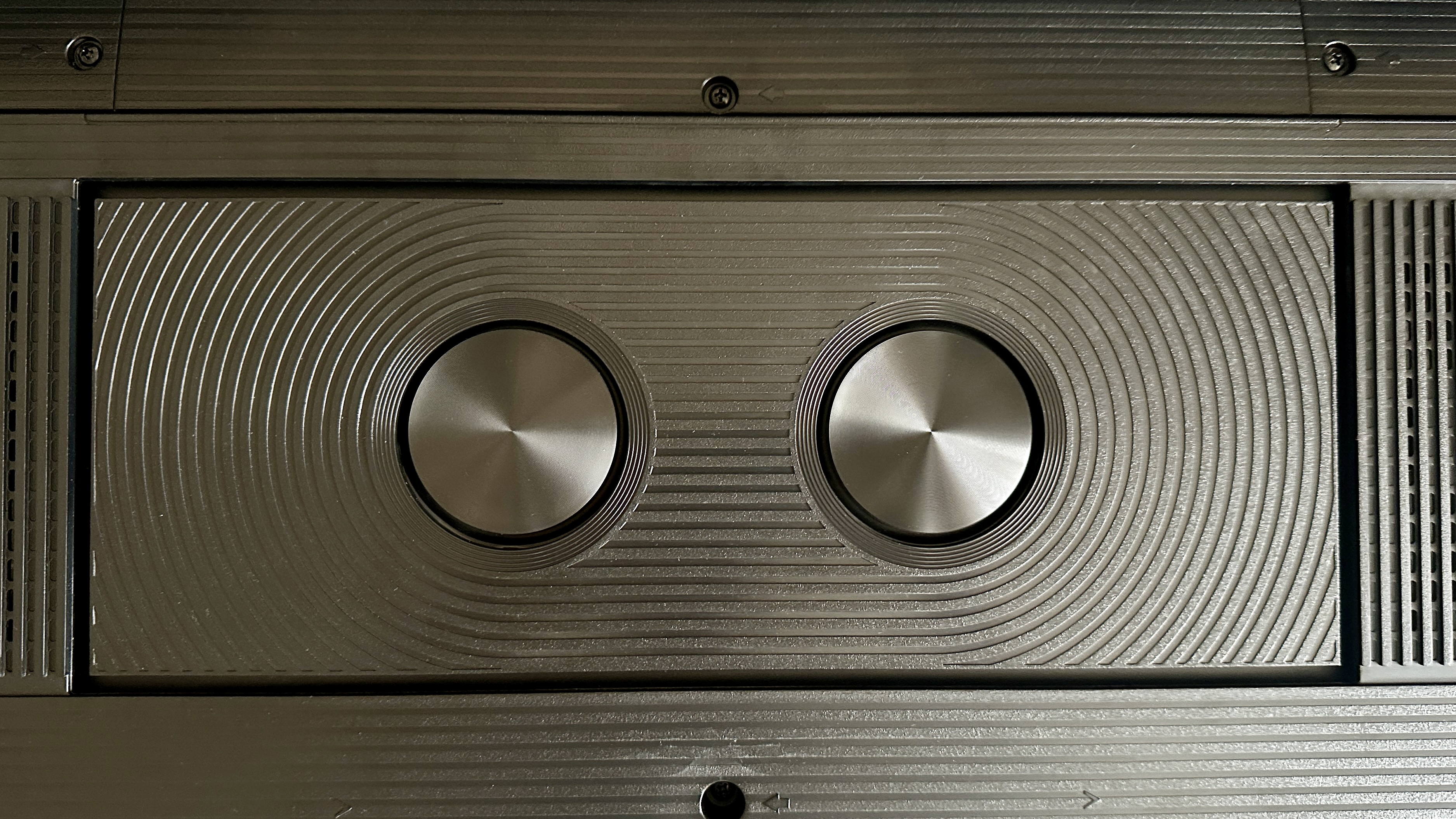
The U8N isn’t the first TV to be fitted with an audio system that doesn’t really do justice to the images it produces, and I doubt it will be the last – but nevertheless, you’re not going to have to break the bank on a soundbar in order to enjoy a fairly significant upgrade. The Hisense is fine at modest volume levels, even gesturing towards low-frequency activity and offering a reasonable sense of scale – but twist volume levels upwards and it all gets a bit hard and stressy, with a hint of cabinet resonance thrown in to make things even less pleasant.
In ‘Game’ mode the U8N gets its input lag down to less than 10m/s. There’s the usual ‘Game Bar’ accessible via a press of the ‘menu’ button on the remote control, too, so making in-game adjustments can be done quickly and easily.
Hisense U8N review: Design & Usability

At 30.7kg including its hefty pedestal stand, the 65-inch U8N is far from the sveltest TV around. The stand is usefully compact, though, so you don’t need all that big a surface to stand your big television on – although it doesn’t swivel, which is a bit of a pain when it comes to positioning. It will accept a VESA wall-bracket, though, and if you don’t fit the stand then a big chunk of that weight is deleted – and the Hisense is a usefully trim 57mm, so doesn’t look too bad at all on the wall.
The metal frame of the screen looks and feels good, and the plastics that make up the rest of it are of decent, creak-free quality too. Three of the bezels surround the screen are a touch over 3mm, and the strip along the bottom (where the only branding lives) is a similarly acceptable 28mm or thereabouts. Build quality is more than acceptable , and the level of finish is an obvious step up from those truly budget-orientated TV brands from which Hisense is busily distancing itself.
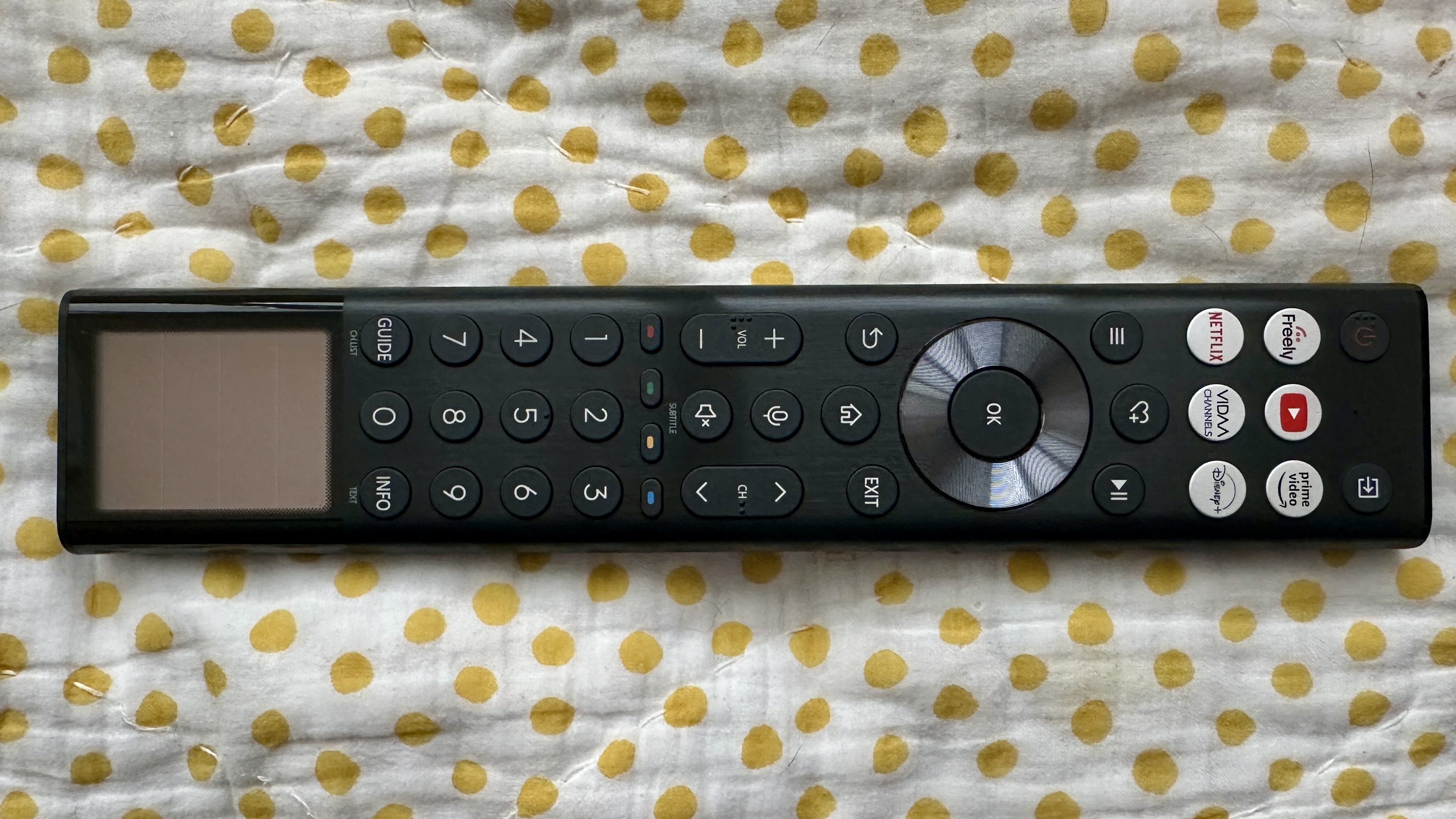
Control is available via Amazon Alexa, Google Smart Home or Hisense’s own VIDAA Voice – there’s a ‘mic’ button in the centre of the remote control handset for this purpose. The remote control itself is pretty sensibly laid out and intuitive, and if it’s rather longer than is the norm that’s because of its little patch of solar material at the bottom of its top surface. Very handy for those of us who can never find a couple of AAA batteries when we need them…
There’s also the option of the VIDAA control app that’s free for iOS and Android – it’s just as well implemented as the other control options here. And no matter which method you choose, you’ll be in charge of some logical set-up menus that manage to be in-depth (if you like that sort of thing) without insisting you spend days on end getting the U8N set up just so (if you don’t). You’ll need to make some use of them at first, though, don’t imagine you won’t.
The smart TV interface comes courtesy of VIDAA too, and apart from the big strip across the top of the screen which wants to sell you Hisense white goods, it’s clean, carefully laid out and a well-stocked operating system. Every notable streaming service app is here, along with a whole stack you’ve never heard of, and onboard Freely means all live and on-demand broadcast TV requirements are taken care of too. Hisense even provides a bit of worthwhile free content via its VIDAA Free app.
Hisense U8N review: Verdict

If you’re willing to budget just a little for a soundbar, don’t mind making a bit of an effort where set-up is concerned, and can scrape by with just a pair of high-speed HDMI inputs, the Hisense 65U8N makes plenty of sense.
Its 4K images are composed and convincing, it’s a more confident upscaler than many a rival, and it covers every HDR base in some style – and with searing brightness, it must be said. It should be long before it’s even more affordable than this already very appealing asking price, too...
Also consider
If you want a big screen that performs at least as well as this one and doesn’t cost a stack more, as usual you’re advised to consider a TV from the last model cycle – there is still plenty of U7N stock available.
Otherwise you can now pick up LG’s splendid G3 OLED TV in 65-inch size for the same sort of money as this Hisense – and while it’s doesn’t have anything like the retina-searing brightness of the Hisense, it’s a better-balanced watch overall and an even more appealing prospect for gamers.
Sign up to the T3 newsletter for smarter living straight to your inbox
Get all the latest news, reviews, deals and buying guides on gorgeous tech, home and active products from the T3 experts
Simon Lucas is a freelance technology journalist and consultant, with particular emphasis on the audio/video aspects of home entertainment. Before embracing the carefree life of the freelancer, he was editor of What Hi-Fi? magazine and website – since then, he's written for titles such as Wired, Metro, the Guardian and Stuff, among many others. Should he find himself with a spare moment, Simon likes nothing more than publishing and then quickly deleting tweets about the state of the nation (in general), the state of Aston Villa (in particular) and the state of his partner's cat.
-
 Ninja’s new indoor grill can cook 10 burgers at a time – but you might not get it
Ninja’s new indoor grill can cook 10 burgers at a time – but you might not get itNinja supersizes its Sizzle Pro indoor grill
By Bethan Girdler-Maslen Published
-
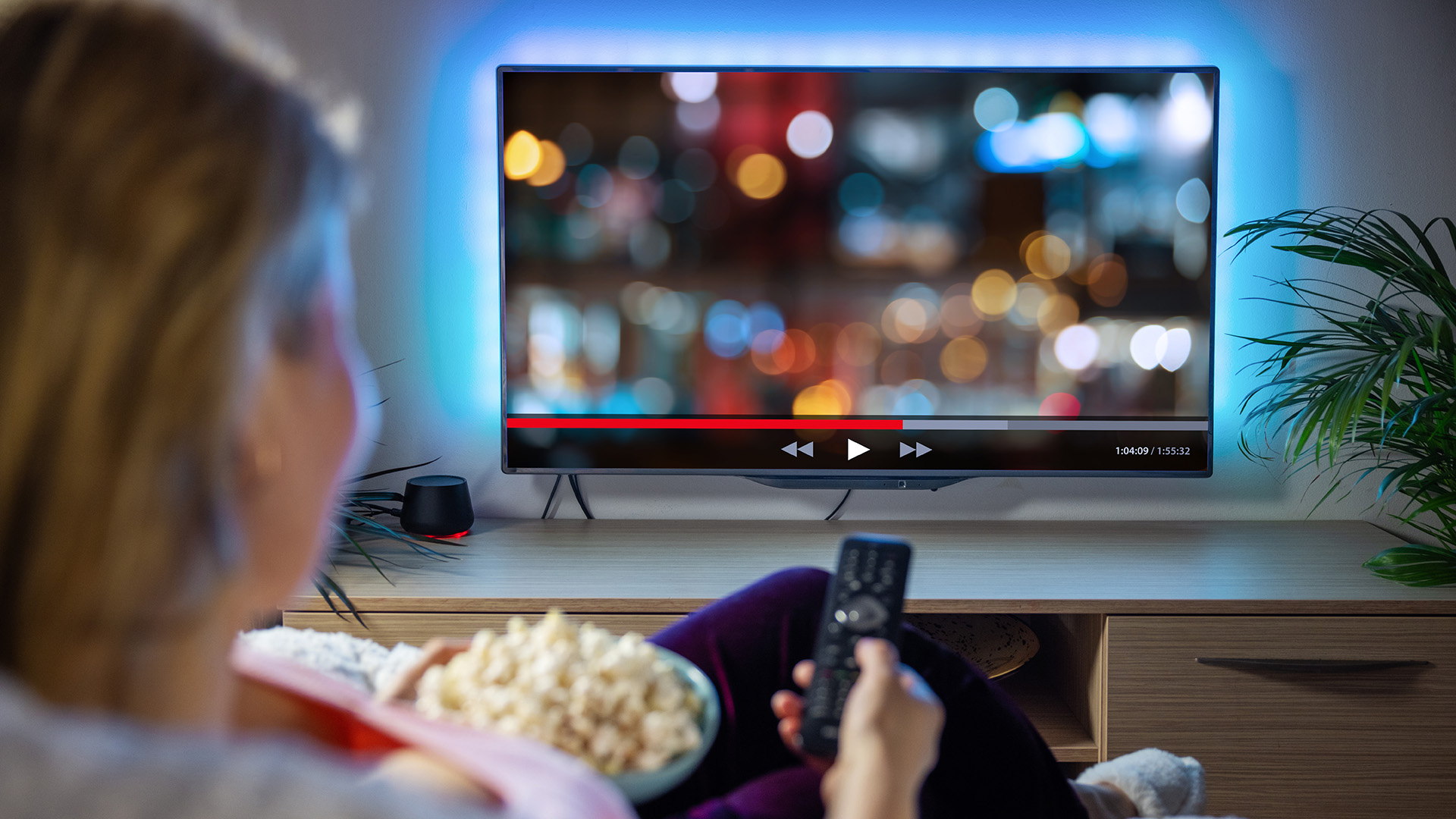 What new TV Licence rules mean for Netflix and Prime Video subscribers
What new TV Licence rules mean for Netflix and Prime Video subscribersHint: nothing yet, but that may change soon
By Britta O'Boyle Published
-
 The North Face and UNDERCOVER are back to zen-slam the trails with SOUKUU Season 4
The North Face and UNDERCOVER are back to zen-slam the trails with SOUKUU Season 4Meditative mountain gear? You better believe it – SOUKUU SS25 is part trailwear, part philosophy, and all fire.
By Matt Kollat Published